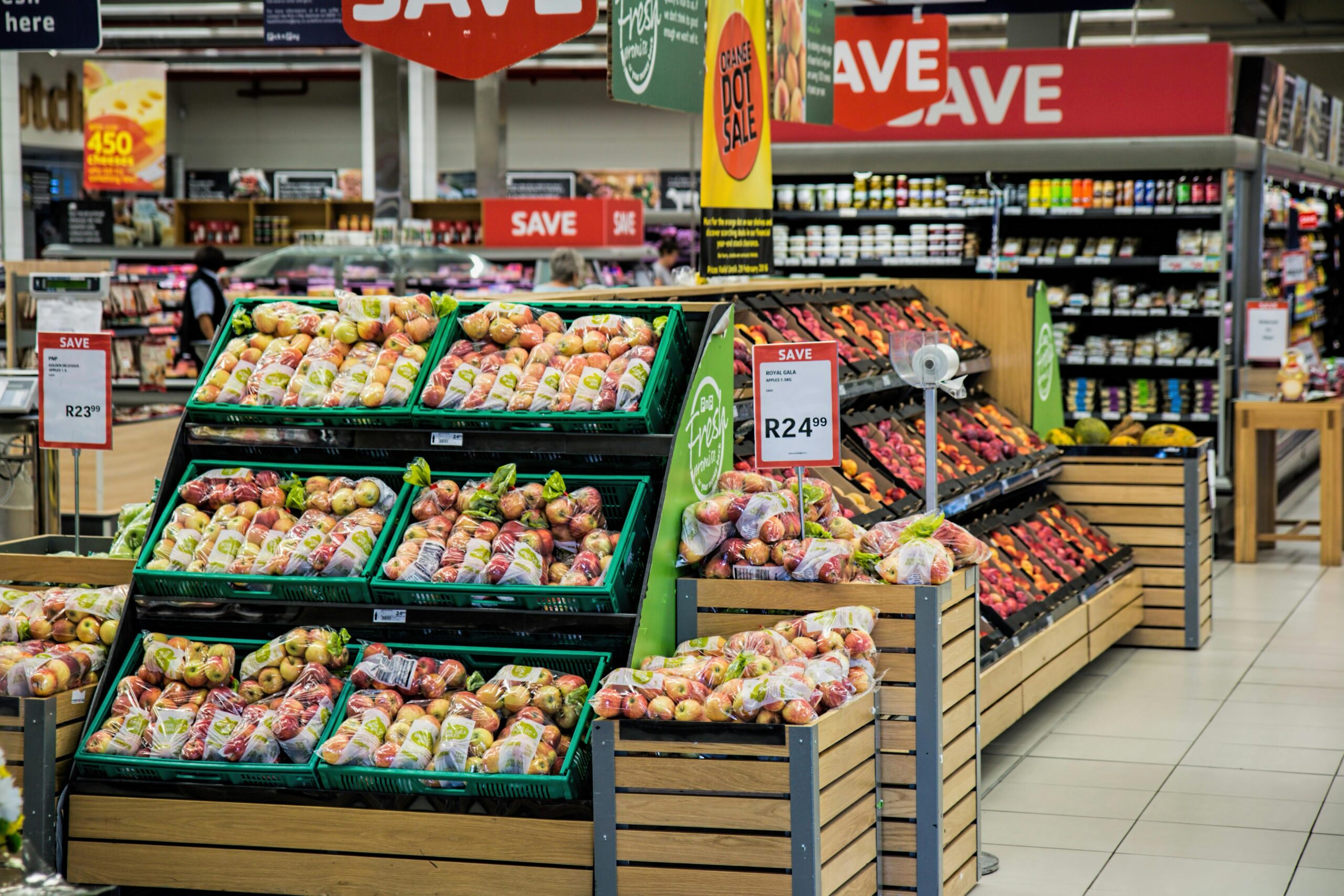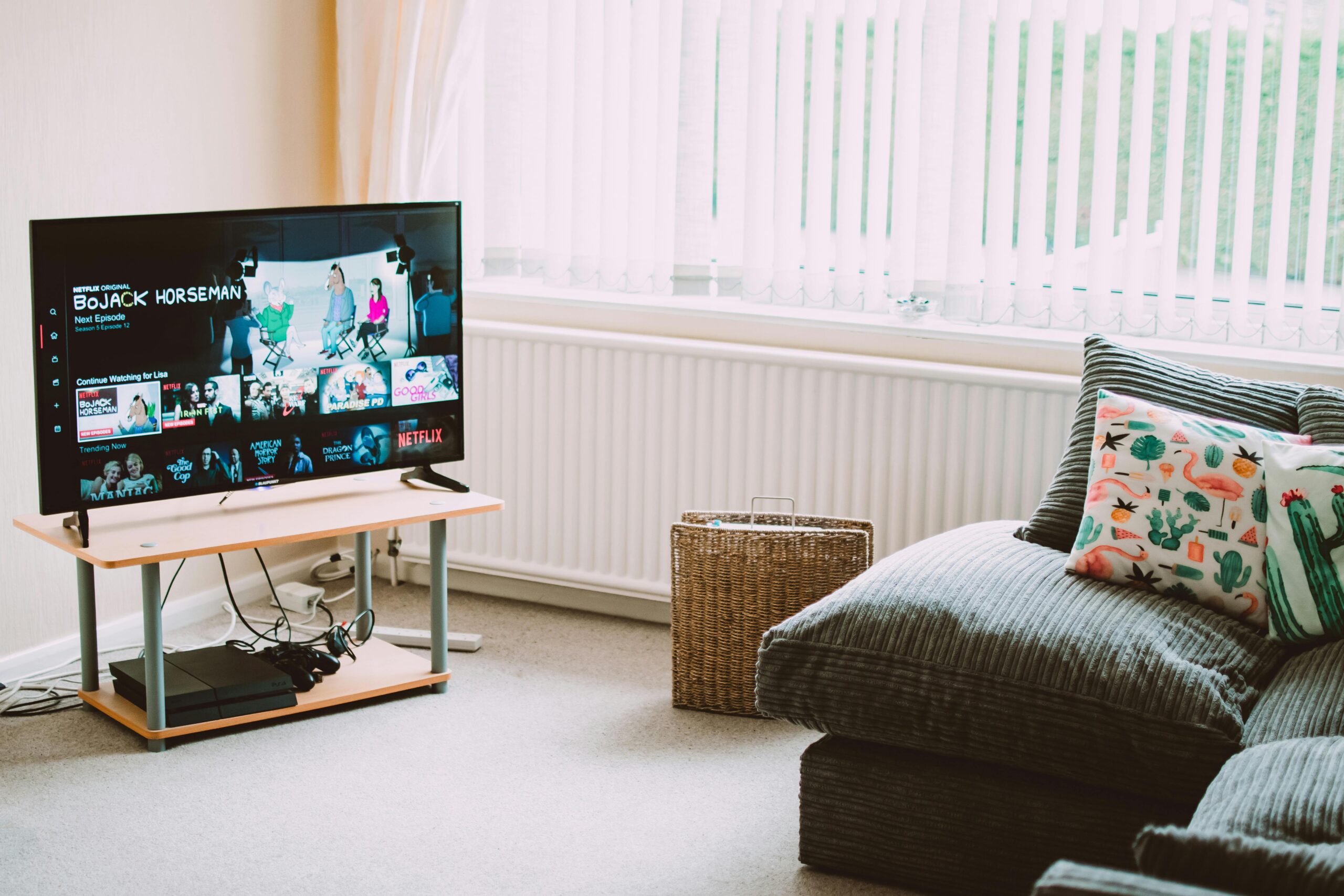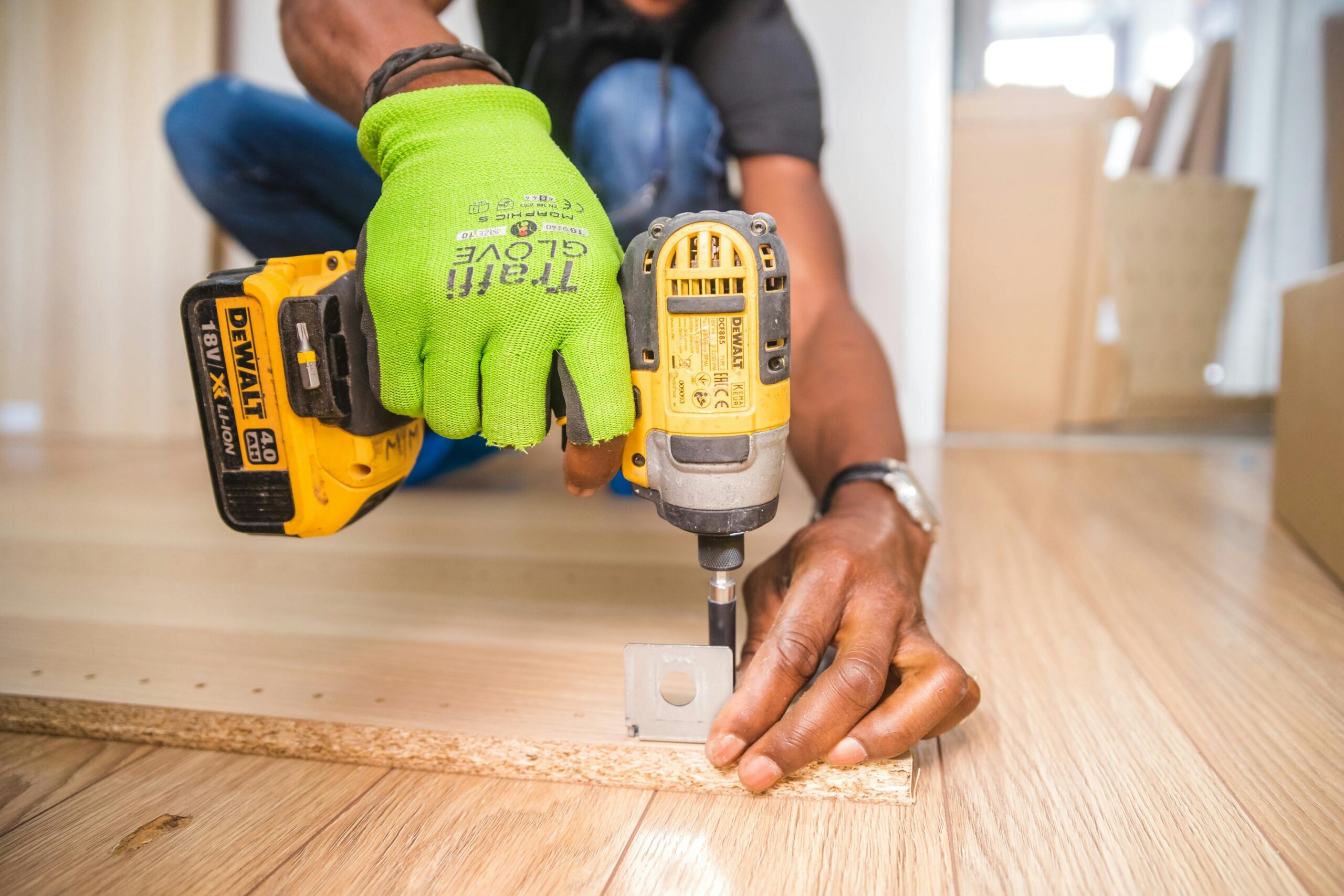12 Ways Families Can Save Extra Money Each Year

Planning for a big purchase, building an emergency fund, or simply aiming for financial stability, finding ways to save extra cash can make a significant difference. We’ll explore 12 smart strategies that families can implement to boost their savings and achieve their financial goals.
1. Make a Family Budget Together

Saving money doesn’t just mean having more in your checking and savings accounts. It’s also an opportunity to teach your kids valuable personal finance lessons. Consider making budgeting a family affair. Gather everyone together every month or so, and discuss your expenses, income, and savings. Use this time to create a budget for family spending. Show your kids what’s in the family bank account and talk about upcoming expenses. You can also help your kids set personal budgets and savings goals. For instance, maybe one of your children wants to save up for the latest video game system or buy a birthday present for a friend. Teaching them how to budget and the value of frugality will instill positive lifelong money habits.
2. Trim Your Family’s Grocery Bill

The average family of four with two kids under age 5 spends between $599 and $1,169 per month on food at home. Families with two kids between the ages of 6 and 11 spend between $687.40 and $1,370.10 per month on food at home. Depending on your grocery spending, there might be significant room for savings. Here are some tips:
- Meal Planning: Plan your meals in advance to avoid impulse purchases. Make a shopping list and stick to it.
- Buy Generic Brands: Generic brands often cost less than name brands and can be just as good.
- Use Coupons and Cashback Apps: Look for coupons and use cashback apps to save on groceries.
- Shop Sales and Discounts: Take advantage of sales and discounts to stretch your grocery budget.
- Buy in Bulk: Purchase non-perishable items in bulk to save money over time.
3. Cut Cable and Opt for Streaming Services

Cable TV subscriptions can be expensive. Consider cutting the cord and switching to streaming services. Many streaming platforms offer a wide range of shows, movies, and original content at a fraction of the cost of cable. Plus, you can choose the services that align with your family’s interests. Whether it’s Netflix, Hulu, Disney+, or Amazon Prime Video, explore your options and save money on entertainment.
4. Reduce Energy Costs

Lower your energy bills by adopting energy-efficient practices:
- Unplug Devices: Unplug electronics and appliances when not in use to prevent “phantom” energy consumption.
- Use LED Bulbs: Replace incandescent bulbs with energy-efficient LED bulbs.
- Programmable Thermostat: Install a programmable thermostat to regulate heating and cooling.
- Seal Drafts: Seal gaps around doors and windows to prevent drafts.
- Wash Clothes in Cold Water: Washing clothes in cold water saves energy and money.
These small changes can make a big difference in your monthly utility bills.
5. Cancel Unused Subscriptions

Review your subscriptions regularly. Are there any you no longer use or need? Cancel those to free up extra cash. Whether it’s magazine subscriptions, gym memberships, or streaming services, eliminating unused subscriptions can save you money throughout the year.
6. Shop Secondhand

Consider buying secondhand items for clothing, furniture, and household goods. Thrift stores, consignment shops, and online marketplaces offer great deals on gently used items. Not only will you save money, but you’ll also reduce waste and contribute to a more sustainable lifestyle.
7. Automate Savings

Set up automatic transfers from your checking account to a dedicated savings account. Treating savings like a recurring bill ensures consistent contributions. Even small amounts add up over time, providing a financial safety net for your family.
8. Plan Staycations

Instead of expensive vacations, plan staycations. Explore local attractions, parks, and museums. You’ll save on travel costs while still enjoying quality family time. Plus, you’ll discover hidden gems in your own backyard.
9. Negotiate Bills and Expenses

Don’t hesitate to negotiate bills and expenses. Call your service providers (such as cable, internet, or insurance companies) and ask if there are any discounts or promotions available. You might be surprised at how much you can save by simply asking. Additionally, review your insurance policies annually to ensure you’re getting the best rates and coverage.
10. Use Cashback and Rewards Programs

Take advantage of cashback and rewards programs whenever you make purchases. Whether it’s credit card rewards, cashback apps, or loyalty programs, these small incentives can add up over time. Just be sure to pay off your credit card balance in full each month to avoid interest charges.
11. DIY Home Repairs and Maintenance

Instead of hiring professionals for every home repair or maintenance task, consider doing some of the work yourself. Learn basic skills like fixing a leaky faucet, changing air filters, or painting a room. Not only will you save money on labor costs, but you’ll also gain a sense of accomplishment.
12. Shop Smart for Back-to-School Supplies

Back-to-school shopping can be expensive. Look for sales, use coupons, and buy supplies in bulk. Consider purchasing quality items that will last longer, even if they have a slightly higher upfront cost. Also, involve your kids in the process and teach them about budgeting and making wise choices.
Conclusion

By implementing these 12 smart strategies, your family can save extra money each year. Whether it’s budgeting together, trimming grocery bills, or automating savings, every effort counts. Remember, financial well-being is about consistent small steps that lead to significant results over time. Happy saving!
Leave a Reply